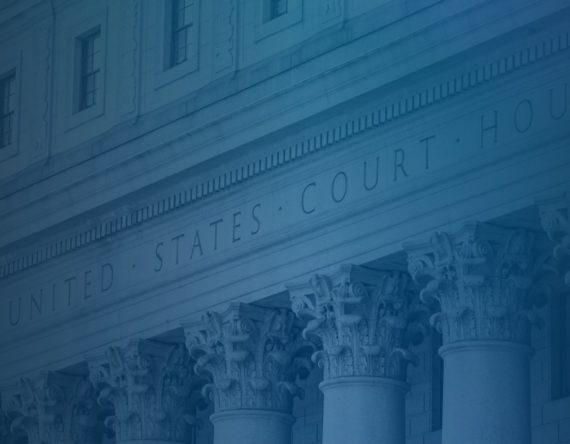Narrow by
 Stoneturn Podcast
Stoneturn Podcast
Leading the Way
Leading the Way is designed to help you navigate today’s complex business challenges. Our experts speak with accomplished and approachable business leaders who share their real-world, practical insights on topics such as risk and compliance, investigations, business disputes and more.







